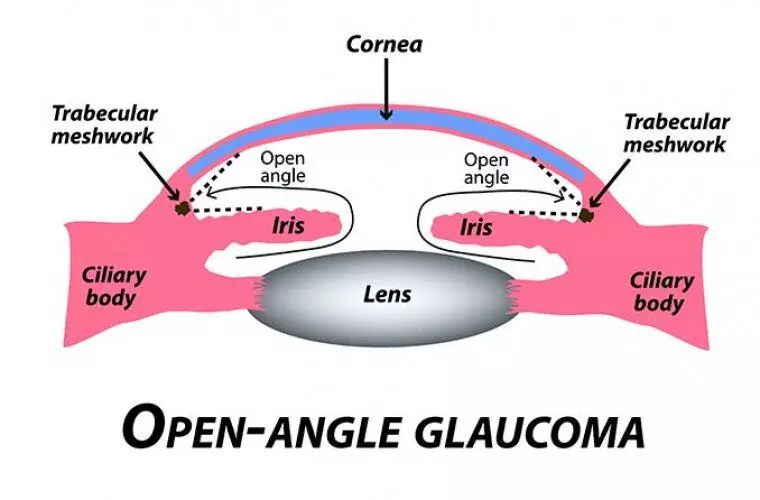
Researchers have found that while the Xen 45 gel stent implant shows beneficial long-term outcomes for treating open-angle glaucoma, a significant proportion of patients required follow-up operations or bleb needling. These findings were based on a real-world retrospective analysis of data from an observational registry, shedding light on the practical challenges associated with this treatment. The study was published in The British Journal of Ophthalmology by Arnould and colleagues.
Open-angle glaucoma is a chronic eye condition characterized by elevated intraocular pressure (IOP), leading to progressive vision loss. Traditional treatments include laser therapy and eye drops, with more severe cases often requiring surgical intervention. The Xen 45 gel stent, a 6-mm-long microtube made of gelatin, is designed to lower IOP by allowing fluid to pass from inside the eye to the external subconjunctival space. Despite initial non-randomized trials showing promise, real-world data has become crucial to understanding the true efficacy and complications associated with this device.
The study utilized data from the international Fight Glaucoma Blindness registry, focusing on 638 eyes among adult patients diagnosed with ocular hypertension or open-angle glaucoma between January 1, 2012, and December 31, 2020. Patients who had previously undergone glaucoma filtration surgery were excluded. The analysis included a baseline cohort with 69% having primary open-angle glaucoma, 51% being men, and a mean age of 72.4 years. The mean preoperative IOP was 21.4 mm Hg, with patients on an average of 2.7 IOP-lowering medications.
-
At 24 months, the rate of complete success — defined as an IOP reduction of at least 20% from preoperative levels and an IOP between 6 and 18 mm Hg without secondary procedures or IOP-lowering medications — was 26%.
-
The rate of qualified success, which allowed the use of IOP-lowering medications, was 48%.
-
However, 18% of patients required secondary procedures, and bleb needling was performed in 28.4% of cases.
-
Worse outcomes with combined cataract surgery: Complete success 16%, qualified success 42%
-
Better outcomes with Xen 45-alone: Complete success 33%, qualified success 52%
-
Mean IOP at 24 months: 16.8 mm Hg (mean reduction of 21.7%)
-
Mean IOP-lowering medications at 24 months: 1.2
The study highlighted that the success rates for the Xen 45 gel stent were lower than anticipated. Notably, outcomes were worse when the stent implantation was combined with cataract surgery, suggesting that clinicians should consider performing these procedures separately when possible. Despite the lower success rates, the Xen 45 stent still offers a viable alternative to traditional filtration surgeries, such as trabeculectomy or tube shunt surgery, which carry higher risks of complications like hypotony.
Dr. Mitchell Lawlor from Sydney Eye Hospital emphasized the variability in glaucoma surgery outcomes based on success definitions, following the World Glaucoma Association's recommendations. Dr. Leo Seibold from the University of Colorado noted the study's valuable real-world insights but was surprised by the relatively low overall success rates. He suggested that patients with IOP goals in the mid-teens or higher might be more suitable candidates for the Xen 45 stent.
The study concludes that while the Xen 45 gel stent provides beneficial long-term outcomes for open-angle glaucoma, the need for follow-up procedures remains significant. This highlights the importance of careful patient selection and the potential benefits of avoiding combined surgeries to maximize the probability of success.
Reference:
Arnould, L., Balsat, E., Hashimoto, Y., White, A., Kong, G., Dunn, H., Fan, L., Gabrielle, P.-H., Bron, A. M., Creuzot-Garcher, C. P., & Lawlor, M. (2024). Two-year outcomes of Xen 45 gel stent implantation in patients with open-angle glaucoma: real-world data from the Fight Glaucoma Blindness registry. The British Journal of Ophthalmology, bjo-2023-325077. https://doi.org/10.1136/bjo-2023-325077
from Medical News, Health News Latest, Medical News Today - Medical Dialogues | https://ift.tt/uwENT4C

0 Comments